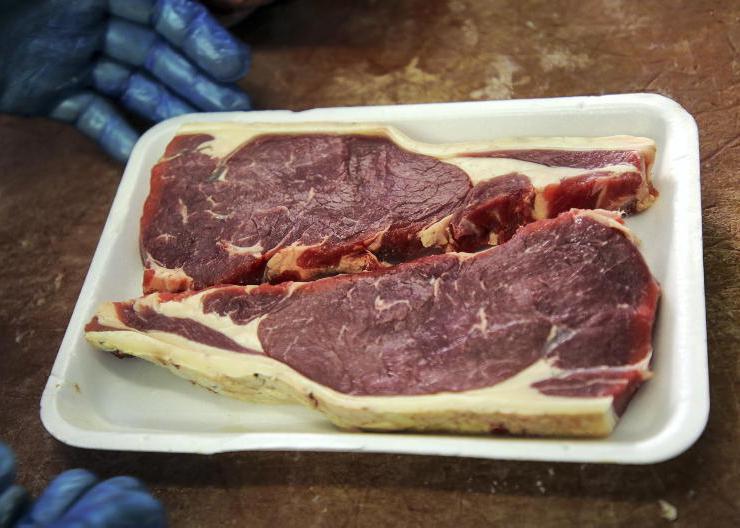Tillage farmers face an average loss of income of about €5,000 if they do not get their desired level of winter crops planted, according to Dr Fiona Thorne of Teagasc.
The agricultural economist was speaking at the Irish Tillage and Land Use Society’s winter conference on Thursday 7 December.
A poll of the audience at the conference showed that a huge amount of the intended winter cereal area had not been planted as of 7 December.
Poll results
76% to 100% of winter cereal area planted - 55%.51% to 75% of winter cereal area planted - 21%.26% to 50% of winter cereal area planted - 17%.0% to 25% of winter cereal area planted - 7%.Fiona said farmers need to continue to plant winter crops into January and February where possible.
She noted that yields may be back on these crops, but with a spring seed shortage on the cards, it makes sense to persist if ground conditions allow.
Financial outlook
Thorne gave a rundown of results from the Teagasc outlook report at the conference, commenting that there should be a decline in fertiliser costs on tillage farms of at least 25% in 2024.
Fuel prices are set to decline by 7% to 10%, electricity costs should be down 10% and seed costs are expected to be down by about 2%.
At present, the report predicts that grain prices will increase slightly in 2024, but this, of course, is very hard to predict. As a result of reduced costs and increased output prices, incomes in 2024 should be higher than 2023.
The average size of tillage farm in these figures is about 70ha.
Tillage farmers face an average loss of income of about €5,000 if they do not get their desired level of winter crops planted, according to Dr Fiona Thorne of Teagasc.
The agricultural economist was speaking at the Irish Tillage and Land Use Society’s winter conference on Thursday 7 December.
A poll of the audience at the conference showed that a huge amount of the intended winter cereal area had not been planted as of 7 December.
Poll results
76% to 100% of winter cereal area planted - 55%.51% to 75% of winter cereal area planted - 21%.26% to 50% of winter cereal area planted - 17%.0% to 25% of winter cereal area planted - 7%.Fiona said farmers need to continue to plant winter crops into January and February where possible.
She noted that yields may be back on these crops, but with a spring seed shortage on the cards, it makes sense to persist if ground conditions allow.
Financial outlook
Thorne gave a rundown of results from the Teagasc outlook report at the conference, commenting that there should be a decline in fertiliser costs on tillage farms of at least 25% in 2024.
Fuel prices are set to decline by 7% to 10%, electricity costs should be down 10% and seed costs are expected to be down by about 2%.
At present, the report predicts that grain prices will increase slightly in 2024, but this, of course, is very hard to predict. As a result of reduced costs and increased output prices, incomes in 2024 should be higher than 2023.
The average size of tillage farm in these figures is about 70ha.









SHARING OPTIONS